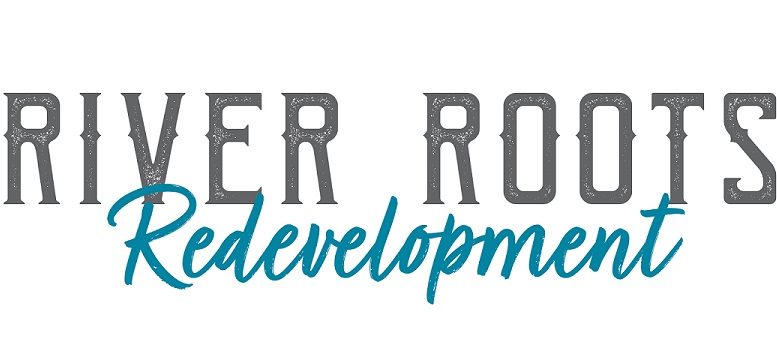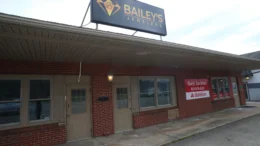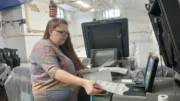Continuing our investigation of knowledge economies from last week, let’s look at the six pillars of knowledge economics proposed in a paper by Carsten Brockman and Narcyz Roztocki. These pillars are Innovation Capability, Leadership, Human Capital, Information Technology Resources, Financial Resources, and Innovation Climate. This week we will explore what each of these pillars might mean in the context of an economic region and how we can apply the concept of Knowledge Economics to the Oil Region.
The first pillar proposed by Brockman and Roztocki is Innovation Capability. This is the capacity or ability of the region to produce innovative or new ideas, processes, or other valuable knowledge. I would suggest that this pillar encompasses the other five and measures the potential output based on space, resources, capital, and people. Keeping this in mind, as we look at each of the other pillars, how do you think the Oil Region measures up?
The second pillar is Leadership–who will lead the charge to innovate? This includes redevelopment and economic development organizations whose missions are to create job opportunities, improve downtowns, and renew sites like brownfields so that they can be utilized. It also includes private developers and public stakeholders who can work together to plan and construct spaces for new ideas.
Human Capital, the third pillar, refers to the people who possess the drive, skills, and desire to pursue innovation. Engineers and other college graduates certainly fall into this category, but tradespeople and creatives are also necessary assets in human capital. Diversity in education, skills, interests, and backgrounds creates a healthier knowledge economy.
Next is Information Technology (IT) Resources. This includes not only things such as hardware and software but also connectivity and access to reliable communication networks. This is a big hurdle, especially in rural areas where access to cell towers and reliable internet is often lacking. Broadband maps of Pennsylvania show that much of the Oil Region has access only to slow speeds or relies solely on mobile access. However, initiatives to change those statistics have been emerging over the last few years.
Financial Resources, means the funding needed for everything from planning and construction to research and development and might be in the form of grants, private investment, or even crowdsourcing.
And finally, Innovation Climate refers to how supportive the region is to new ideas. Are businesses and individuals encouraged to try new things or are changes often met with resistance?
So, do you think the Oil Region has what it takes to foster a healthy knowledge economy? I’d love to hear from you! Stop in and share your thoughts during our coffee chats, an informal public forum on Fridays in Foxburg from 1-3 p.m. at Divani. Or you can reach out through email!
Rachel Brosnahan is the Community Engagement Coordinator for River Roots Redevelopment. She can be reached by email at rachel@riverrootsredevelopment.org.










































